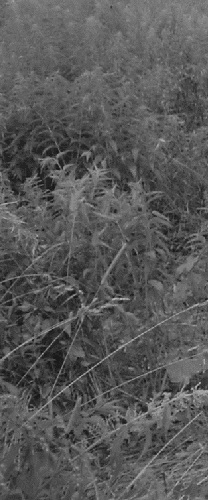Culturing in the lab
Probably, the method of hatching of the cladocerans from their resting eggs was first time proposed by Saint-Hilaire (1860) worked in Russia (see Korovchinsky, 2012), but it became to be widely accepted after the active efforts by Sars (1885, 1888, 1896, 1901 etc). For the latter author, just hatching of the cladocerans from a mud was a main method to obtain some data on their morphology, life cycle and faunistic composition of some extra-European localities. Just as a result of study of the animals hatched from resting eggs, Sars described numerous species from Africa, Australia and South America.
Unfortunately, this method was subsequently rarely used (Van Damme, Dumont, 2010). But just hatching of the cladocerans and some other freshwater animals from resting eggs gives us a maximally full estimation of their diversity in a particular water body, from where the mud was taken (Vanderkerkhove, 2004), because in the fixed samples of zooplankton or zoobenthos taken during a particular season, only a part (sometimes very small part) of species from this water body is represented. It is necessary to note that this concerns even "well-studied" Europe, not only exotic countries.
This method also allows to avoid a work with preserved material and improve the quality of the DNA extraction, and also to obtain males and ephippial females which are specially valuable for taxonomy. Unfortunately, the culturing of the cladocerans is mainly conducted now for the purposes of experimental studies, although this metot could give a lot of information for the "classical" zoology.
Cultivation of the Cladocera is described in a series of publications (Dumont, Negrea, 2002).



